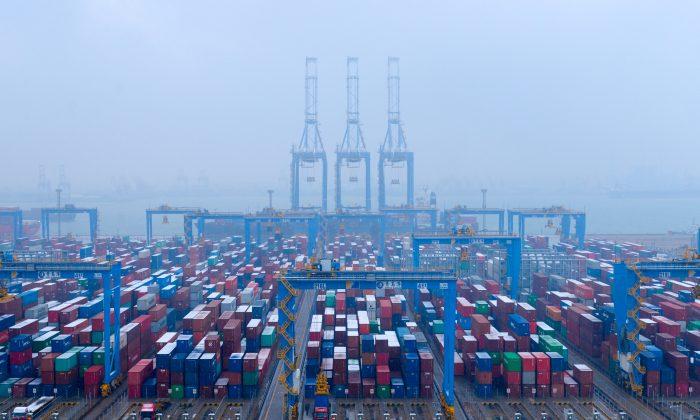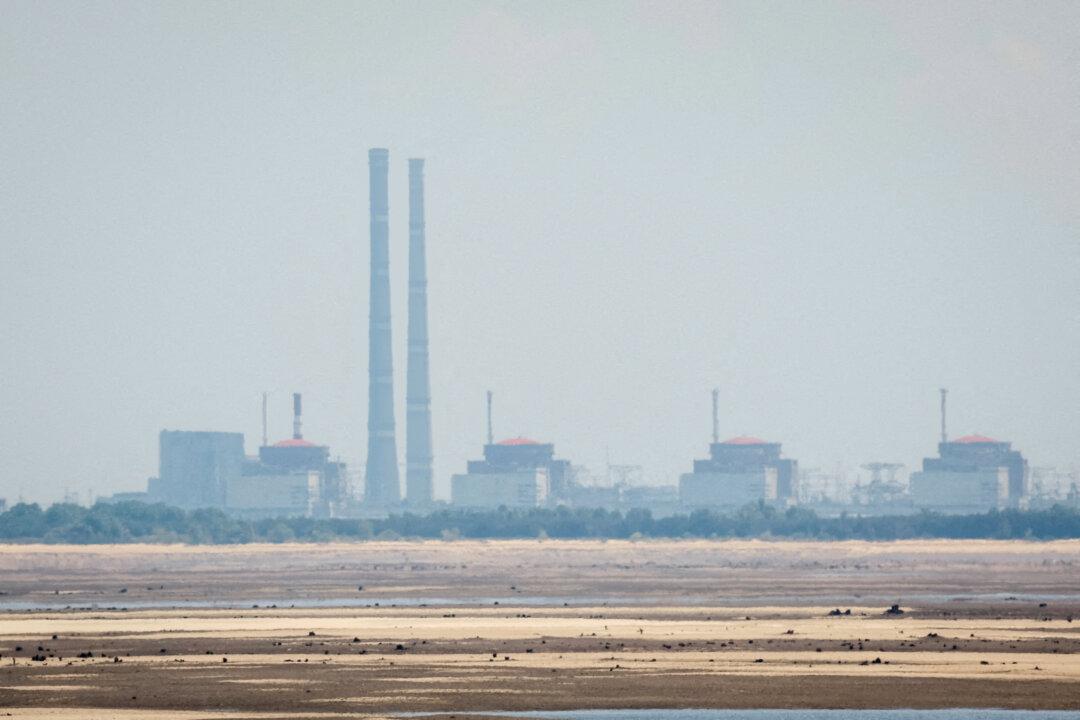BEIJING—China’s exports are expected to have rebounded in March after a sharp drop in February, while imports likely shrank for a fourth straight month but at a more modest pace, a Reuters poll showed.
Veteran China watchers said the gains may be due more to seasonal factors than a turnaround in lackluster global demand, with shipments likely to jump after long Lunar New Year holidays had dampened business activity in February.
Exports in March are expected to have risen 7.3 percent from a year earlier, according to the median estimate of 32 economists in a Reuters poll, following a 20.8 percent drop in February.
“This distortion is particularly strong in early March but no longer around in the second half of the month as the impacts of the festival normally last for less than a month,” analysts at Goldman Sachs said in a note.
China’s Commerce Ministry said recently that both exports and imports had rebounded in the first half of March.
Factory surveys for March also provided some glimmers of hope on the export front. While export orders remained sluggish, there were some signs that a long spell of contraction is easing.
“We do not expect a distinct pick-up in exports in the coming months as the recovery of the global economy is slowing down and a relatively strong yuan currency is expected to cap the rise,” said Nie Wen, an economist at Hwabao Trust in Shanghai.
U.S. and Chinese negotiators wrapped up their latest round of trade talks last week and were scheduled to resume discussions this week to try to secure a pact that would end a tit-for-tat tariff battle.
A top White House official said on Monday the U.S. side is “not satisfied yet” about all the issues standing in the way of a deal to end the U.S.-China trade war, but said progress was made in talks last week.
Weak Imports
China’s imports in March are expected to have fallen 1.3 percent from a year earlier, though the drop was seen narrowing from the previous month’s 5.2 percent decline.Factory activity surveys had shown an unexpected return to growth last month, suggesting domestic demand was starting to respond to a slew of government economic support measures.
Still, most of the poll respondents penciled in a contraction in imports, with the lowest forecast projecting a 18.2 percent drop.
“Ramped up infrastructure investment has lifted imports last month, but factories restocking demand likely stayed weak as fears about the medium- to long-term economic outlook remained,” Nie said.
Policymakers have acknowledged the economy is under pressure as multi-year debt and pollution crackdowns have deterred investment, while the U.S.-China trade war is hurting China’s export sector, threatening even more jobs.
In response, Beijing has announced more spending on roads, railways and ports, along with trillions of yuan of tax cuts to ease pressure on corporate balance sheets and avert a sharper economic slowdown.
Investors are closely watching to see how long it will take those support measures to take hold, which could lift some of the gloom hanging over the global economy. But analysts believe China will still need to loosen policy further in coming months to ensure a sustained economic turnaround.
China’s overall trade surplus is seen to have expanded to $7.05 billion in March from $4.08 billion the previous month, according to the Reuters poll.






Friends Read Free